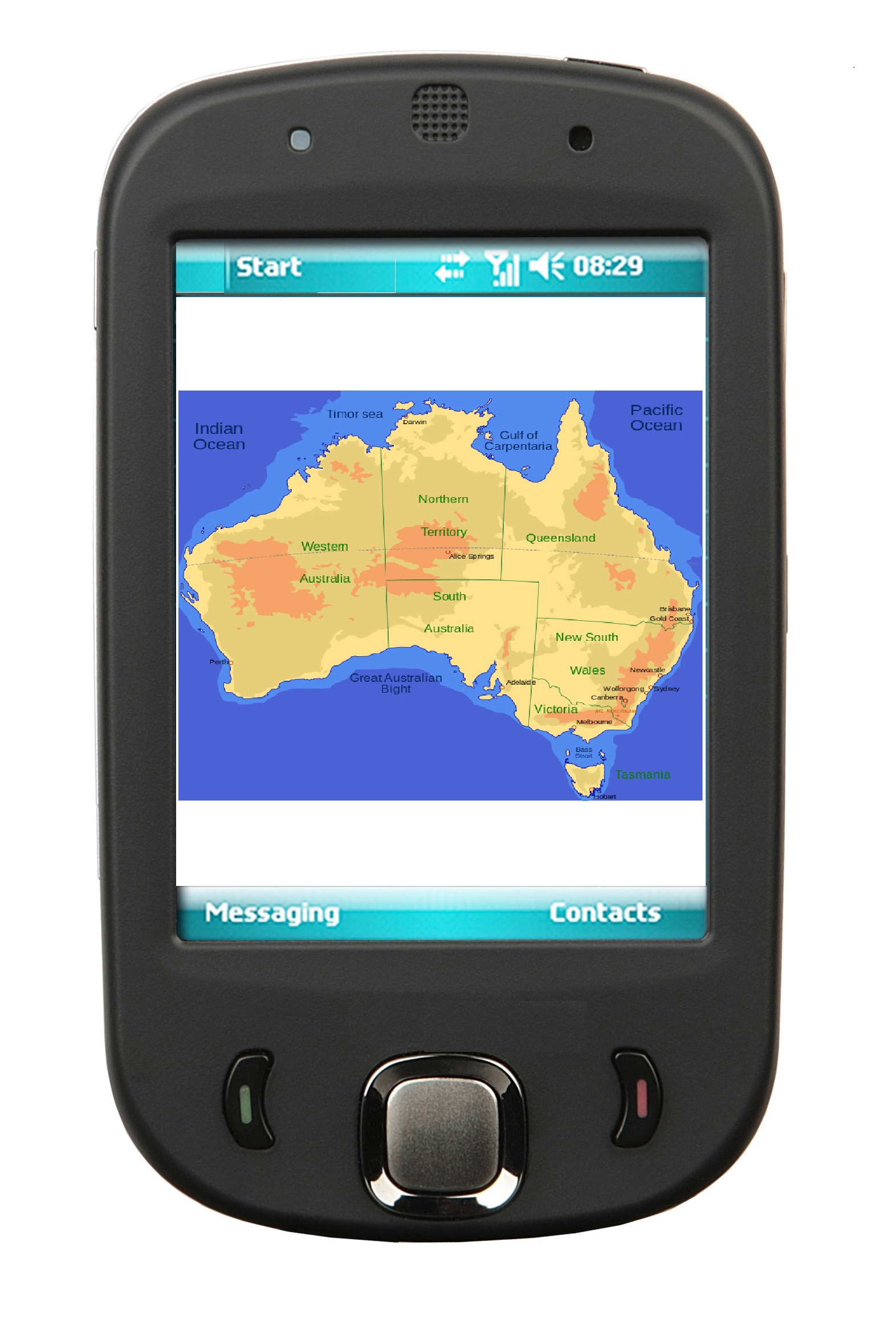 Mobile commerce continues to change the way people pay for products
Mobile commerce continues to change the way people pay for products
With the advent of mobile commerce, the concept of using a smartphone or tablet as a point-of-sales terminal gained more traction. Consumers have been growing more comfortable with the idea of using their mobile devices to purchase products over the past three years. As a result, more of these mobile devices have been showing up in several markets as point-of-sale systems. For merchants that had been traditionally unable to facilitate credit and debit card transactions, this may provide them with the ability to reach a wider demographic of consumers.
Study details growth of mobile point-of-sale technologies
A new study from Javelin Strategy and Research, a market research and analysis firm, highlights the potential impact of new merchants entering into the mobile commerce field. According to the study, mobile point-of-sale transactions are expected to account for $1.1 trillion in new mobile payments. The study also suggests that the number of merchants able to accept mobile payments will swell by 20 million.
Mobile commerce becoming a formidable force in the world
Mobile commerce has become a major force in the world. The number of consumers with smartphones and tablets has made it possible for this new form of commerce to emerge. Several industries have begun responding the growing popularity of mobile commerce and new point-of-sale technologies are making it possible for consumers to have even more access to mobile commerce services. The more these mobile point-of-sale platforms grow, however, the larger threat they present to the traditional point-of-sale market.
Traditional technology may be losing ground
Traditional payment terminals, such as cash registers, may soon be considered obsolete. These point-of-sale platforms exist to manage physical currencies rather than virtual currencies. Mobile commerce allows for accurate transactions and removes the need for physical currency, which may be enough to push older technologies away from the industries that have relied on them for several years.

 Young people are becoming enthralled by mobile games
Young people are becoming enthralled by mobile games